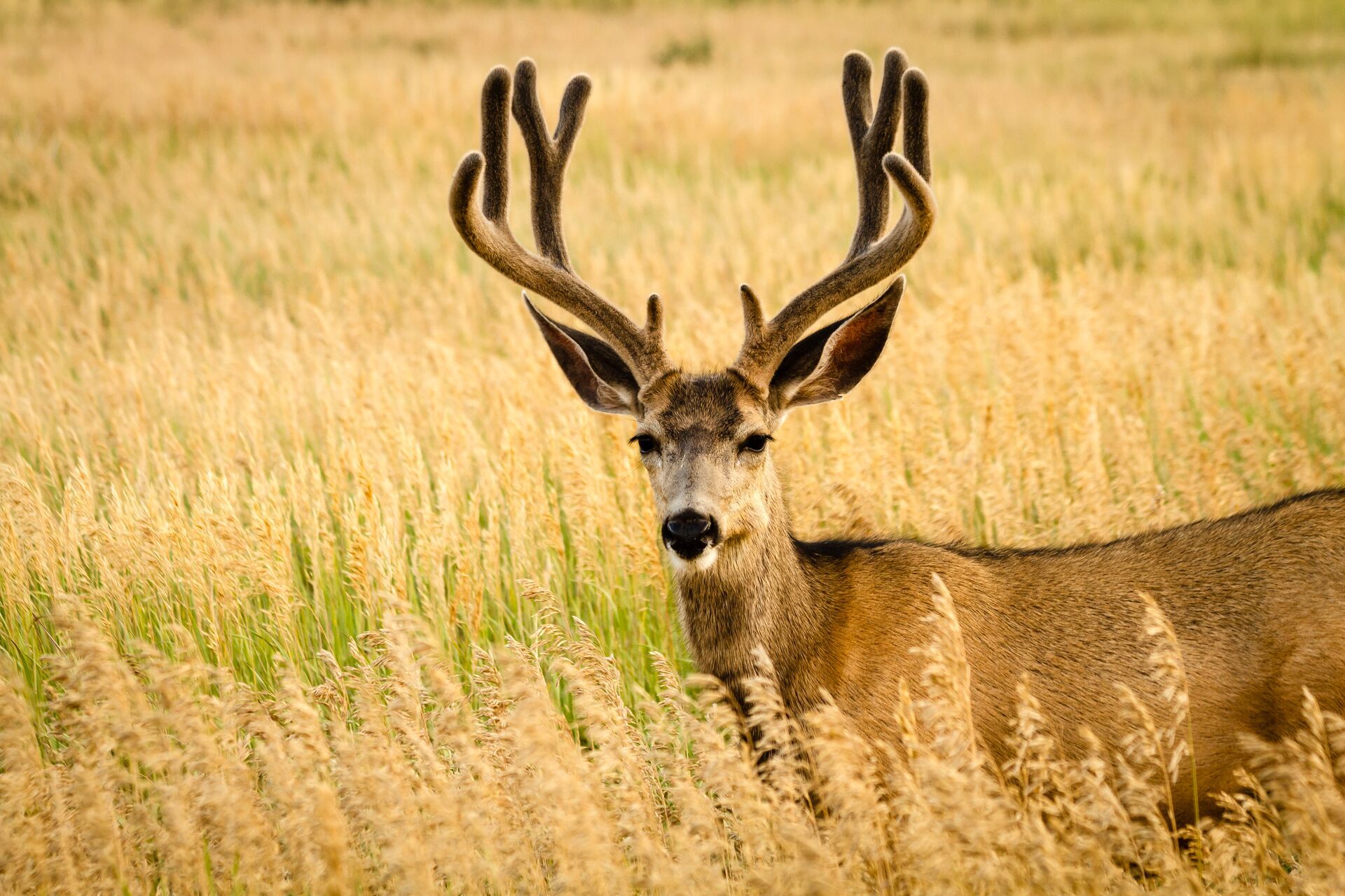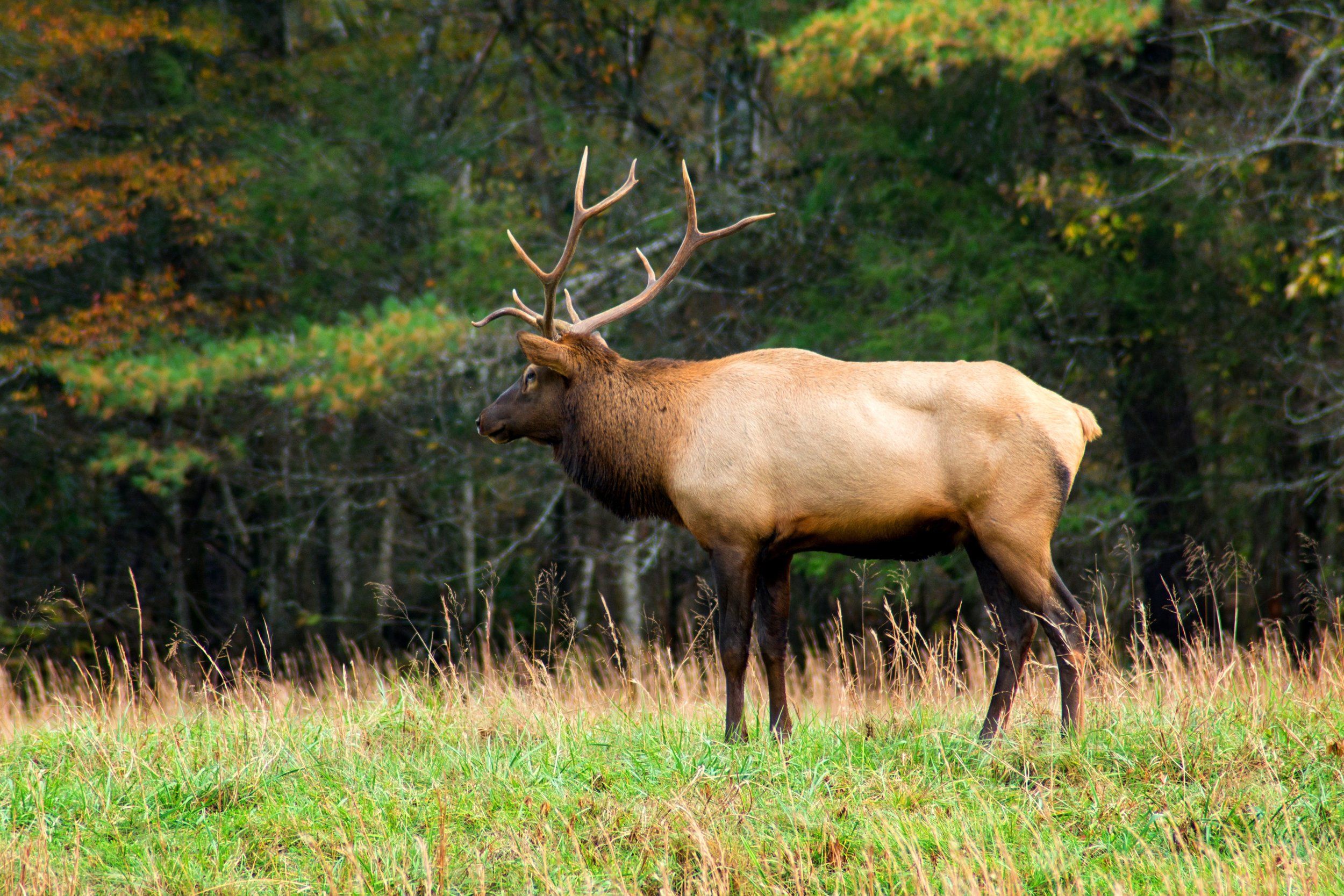Field Guide / Elk
8 Tips for E-Scouting Elk Mule Deer
The better you prepare for a hunt, the more you will increase your chances of being successful. GPS technology, and apps like HuntWise, are changing the way hunters prepare for hunts in unknown territories. When you are about to embark on a backcountry big game hunt, e-scouting, or digital-scouting, enables you to view the land you are about to hunt by using GPS and mapping layers. Before you venture into the wilderness, make sure you cover these 8 e-scouting essentials.
Previous in Elk
More Content Like This

How to Tell the Difference Between Mule Deer vs. Whitetail Deer
Each year, hundreds, if not thousands, of hunters traverse across state lines to hunt the quarry that another state might have to offer. For some, this might mean leaving Ohio to cash in your Colorado moose points. For others, it might mean leaving t...Read More
Read More
The Guide to Arizona Hunting Seasons 2024
We know hunters are ready to get out into the field for the 2024 Arizona hunting season. Whether you hunt turkey, deer, antelope, bison, elk, coyote, or bear, you need to know when the seasons start, where to hunt, and how to get your license so you ...Read More
Read MoreBest Times to Hunt Elk
Elk are one of the largest of the deer species. A mature bull may reach heights up to 9 feet tall, including their antlers. Cows and their calves live in herds, while bulls tend to live in bachelor groups or alone.Read More
Read More Elk
ElkHow to Tell the Difference Between Mule Deer vs. Whitetail Deer
Each year, hundreds, if not thousands, of hunters traverse across state lines to hunt the quarry that another state might have to offer. For some, this might mean leaving Ohio to cash in your Colorado moose points. For others, it might mean leaving t...Read More
Read More Elk
ElkThe Guide to Arizona Hunting Seasons 2024
We know hunters are ready to get out into the field for the 2024 Arizona hunting season. Whether you hunt turkey, deer, antelope, bison, elk, coyote, or bear, you need to know when the seasons start, where to hunt, and how to get your license so you ...Read More
Read More Elk
ElkBest Times to Hunt Elk
Elk are one of the largest of the deer species. A mature bull may reach heights up to 9 feet tall, including their antlers. Cows and their calves live in herds, while bulls tend to live in bachelor groups or alone.Read More
Read More
1 of 3
